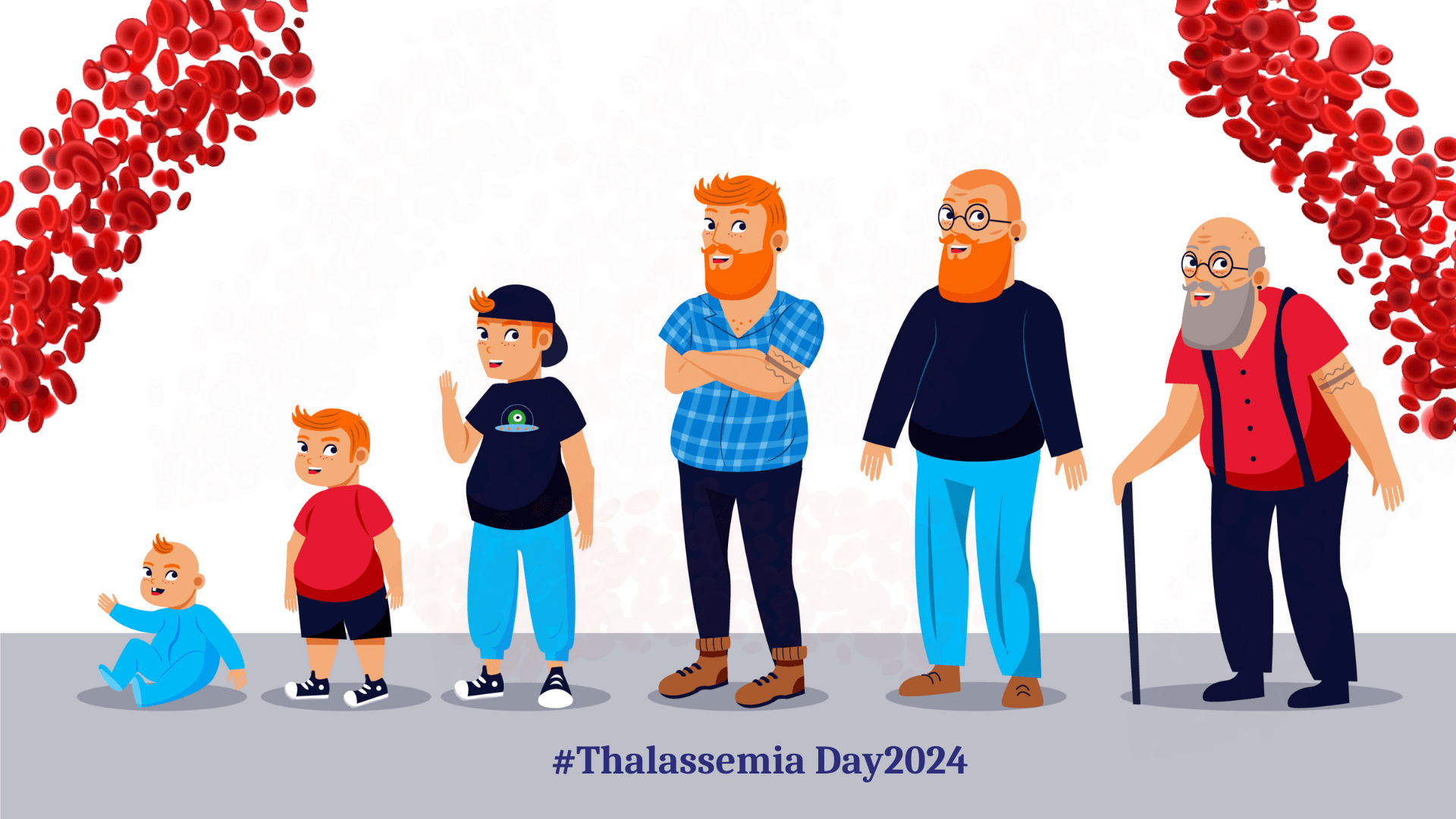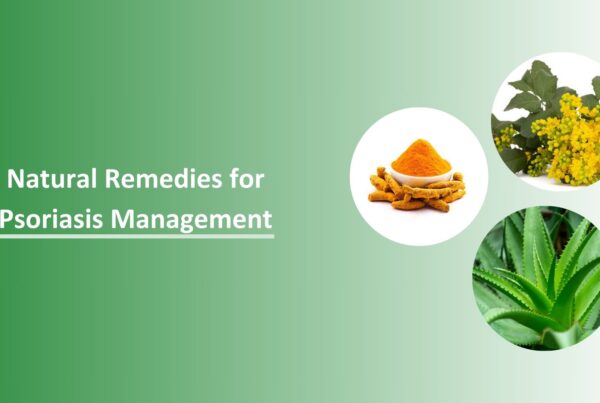Introduction
World Thalassemia Day, commemorated annually on May 8th, stands as a solemn acknowledgment of the hurdles endured by individuals impacted by thalassemia, a hereditary blood disorder. This occasion underscores the significance of spreading awareness about this condition, fostering understanding, and advocating for enhanced care and assistance for patients and their loved ones. It serves as a tribute to those navigating the challenges of thalassemia, while also emphasizing the importance of education and support initiatives in addressing this genetic ailment.
Importance of World Thalassemia Day
World Thalassemia Day holds significant importance in highlighting the impact of thalassemia on individuals, families, and communities worldwide. It serves as a platform to educate the public, healthcare professionals, and policymakers about the prevalence, challenges, and advancements in the management of thalassemia. By fostering awareness and understanding, World Thalassemia Day aims to promote early detection, access to quality care, and support for individuals living with thalassemia.
History and Theme
World Thalassemia Day, established in 1994 by Panos Englezos to honor his son George, aims to raise awareness and advocate for a cure. It unites healthcare professionals, authorities, and industry representatives to promote prevention, management, and treatment. The 2024 theme, “Empowering Lives, Embracing Progress: Equitable and Accessible Thalassemia Treatment for All,” underscores the commitment to improving thalassemia patients’ lives globally.
Understanding Thalassemia
Thalassemia is a hereditary blood disorder marked by irregular production of hemoglobin, a crucial protein responsible for transporting oxygen within red blood cells. This condition stems from genetic mutations that disrupt the normal synthesis of hemoglobin, resulting in anemia and associated complications.
Thalassemia manifests across a spectrum of severity, ranging from mild to severe forms, and the symptoms experienced by individuals can differ based on the specific type and severity of the disorder.
Genetic Basis of Thalassemia and Chromosomal Analysis
Thalassemia, stemming from mutations in genes governing hemoglobin production specifically alpha and beta globins manifests as alpha thalassemia due to alpha-globin gene mutations, and beta thalassemia due to beta-globin gene mutations. The karyotype, revealing genetic information, comprises 22 pairs of autosomes and one pair of sex chromosomes, where males carry both X- and Y-chromosomes, determining offspring sex randomly.
Thalassemia’s causes stem from genetic mutations affecting hemoglobin production, inherited from one or both parents, disrupting hemoglobin synthesis and red blood cell production. Risk factors include family history, ethnic background, and consanguineous marriages.
Thalassemia Prevalence and Global Insights
In India, the prevalence of β-thalassemia varies from 3% to 17%, averaging at 3.3%. Approximately 3-4% of the population are carriers, totaling 35 to 45 million individuals across the country’s diverse ethnic groups. Regional differences are notable, with rates of 6.5% in Punjab, 8.4% in Tamil Nadu, 4.3% in South India, and 3.5% in Bengal. Certain communities, including Sindhi, Luvana, Tribes, and Rajputs, exhibit particularly high incidences of β-thalassemia. Additionally, the prevalence of the HbE trait in India ranges from 3.02% to 3.86% in various studies.
Globally, an estimated 250 million people, constituting 4.5% of the world population, carry potentially pathological hemoglobinopathies. Approximately 0.3 million infants are born with a major hemoglobinopathy each year. In Central India, the prevalence of β-thalassemia trait ranges from 1.4% to 3.4%, with 0.94% of cases identified among patients with anemia.
Signs and Symptoms of Thalassemia
Symptoms of thalassemia reflect abnormalities in red blood cell and hemoglobin production, varying in severity:
- Fatigue
- Weakness
- Pale or yellowish skin
- Facial bone deformities
- Slow growth
- Abdominal swelling
- Dark urine
- Poor appetite
- Enlarged spleen
- Jaundice
- Slowed growth and delayed puberty
- Heart and bone problems
- Anemia
- Excessive tiredness
- Enlarged spleen
- Heart complications
- Brittle bones
- Iron overload
- Liver and endocrine system damage
- Shortness of breath
- Palpitations
- Liver swelling and scarring
- Hormonal imbalances
- Diabetes
- Thyroid and parathyroid issues
- Reduced fertility
- Abnormal bone growth
- Osteoporosis
- Organ damage
Symptoms vary based on thalassemia type and severity, necessitating regular monitoring and medical care to manage the disorder and prevent complications.
Diagnosis and Treatment of Thalassemia
Thalassemia diagnosis relies on blood tests and genetic analysis. A complete blood count (CBC) measures hemoglobin and blood cell levels, while special hemoglobin tests identify alpha or beta globin abnormalities indicative of thalassemia. Genetic testing involves a family history review and blood tests to detect altered hemoglobin genes. This genetic data confirms thalassemia presence and assesses transmission risk. Prenatal testing, if needed, analyzes amniotic fluid or placental tissue to determine fetal thalassemia presence and severity.
Treatment for thalassemia varies based on severity and typically involves a combination of approaches:
- Blood Transfusions: Vital for managing anemia, regular transfusions supply healthy red blood cells.
- Iron Chelation Therapy: Essential for removing excess iron accumulated from frequent transfusions, preventing organ damage.
- Stem Cell Transplants: The sole curative option, involving transplanting healthy stem cells to restore normal red blood cell production. However, it’s rarely performed due to risks.
- Supportive Treatments: Includes hormone therapy for puberty, vaccinations to prevent infections, thyroid hormone therapy, bone-strengthening medications, and surgical interventions for complications like gallstones.
Treatment selection hinges on thalassemia type and severity. A specialized thalassemia center’s multidisciplinary team crafts individualized care plans, emphasizing regular monitoring and complication management.
Success Rate Of Stem Cell Therapy
Recent studies demonstrate promising success rates for stem cell transplants in treating thalassemia major. Reports show that over 90% of patients now survive hematopoietic stem cell transplantation, with disease-free survival rates reaching approximately 80%. Moreover, advancements in transplantation techniques and meticulous patient selection have led to even more favorable outcomes, indicating that modern approaches can enhance results further for individuals with thalassemia.
Projected Growth and Market Trends in Thalassemia Treatment
Projected market growth indicates substantial potential in thalassemia treatment. By 2031, the market size is forecasted to hit $4,205.95 million, with a 5% CAGR from 2022. Global thalassemia treatment market value is expected to reach US$ 1.5 billion in 2031, with a 7.3% value CAGR. Additionally, the beta-thalassemia treatment market is projected to reach US$ 900 million by 2033, with a 7.2% CAGR from 2023. These statistics underscore the significant expansion and market opportunities within thalassemia treatment.
Prevention and Awareness
Preventing thalassemia involves genetic counseling, carrier screening, and family planning to reduce the risk of passing on the genetic mutation to future generations. Spreading awareness about thalassemia through educational campaigns, community outreach, and advocacy efforts can help increase early detection, access to care, and support for individuals and families affected by the condition.
Financial Aid By the Indian Government
The Government of Assam, through the Department of Health and Family Welfare, has initiated the “Snehasparsha” scheme aimed at providing healthcare support for children below 14 years suffering from serious ailments. Under this scheme, financial assistance of up to Rs. 3.00 lakhs is offered to children afflicted with thalassemia, who are deemed ineligible for Bone Marrow Transplantation but require specialized treatments such as splenectomy, blood transfusions, and associated medications. This scheme aims to alleviate the financial burden on families and ensure access to essential healthcare services for affected children.
Thalassemia Bal Sewa Yojana offers financial aid of up to Rs. 10 lakhs to eligible patients undergoing bone marrow transplants at ten renowned hospitals across India. This initiative aims to alleviate the financial burden on individuals and families grappling with thalassemia and facilitates access to essential treatment options.
Coal India Ltd.’s HSCT Project
Coal India Ltd. has initiated the Hematopoietic Stem Cell Transplantation (HSCT) Project in India, specifically focusing on children below the age of 10 who meet certain eligibility criteria. These criteria include possessing a copy of the 100% HLA matched report (6/6) and having a yearly income not exceeding Rs. 5 lakhs (USD 7813.00), supported by a salary/income certificate. The primary aim of this project is to provide life-saving treatment in the form of HSCT to eligible children, thereby facilitating access to essential medical care for those who need it most.
Conclusion
World Thalassemia Day 2024 serves as a beacon of hope, unity, and advocacy for individuals living with thalassemia. By raising awareness, promoting education, and advocating for improved care and support, we can work together to empower those affected by thalassemia, advance research and treatment options, and ultimately strive for a world where thalassemia is better understood, prevented, and effectively managed.
Written By
Aswini PriyaMedical Content Writer
Reviewed By
Dr. AnchalMedico Expert
Last Updated
08 May 2024 | 02:00 PM (IST)










